In our previous article, we delved into the realm of Tequila and its delightful cocktails.
Today, let’s explore the rich world of Brandy and Cognac.
Do You Enjoy Cocktails? Discover cocktail recipes featuring gin, whisky, vodka, tequila and the top 5 famous cocktails on the xtraWine blog.
Index:
- Brandy: A Brief Introduction
- Cognac: A Closer Look
- French Connection
- Horse’s Neck
- Sazerac
- Sidecar
- Stinger
Brandy: A Brief Introduction
Brandy, a distilled spirit derived from the distillation of grapes—most commonly Trebbiano—or fruit such as apples, cherries, and plums, is typically grape-based.
It production spans various regions globally, each with its unique geographical denominations and production methods. In France, it’s known as Cognac.
How to Enjoy Brandy
Brandy is best enjoyed at room temperature in a tulip or lowball glass.
Avoid heating brandy directly with flames or excessive heat, as it can compromise its aromatic qualities. It’s also advisable not to dilute brandy with ice to preserve its nuanced flavors.
Cognac: A Closer Look
Cognac, often dubbed the “brandy of France,” derives its name from its birthplace, the city of Cognac.
Production of this distilled spirit adheres to stringent regulations, beginning with its designated production zone, encompassing departments in Charente, Charente-Maritime, and small parts of Dordogne and Deux-Sèvres.
Cognac is primarily crafted from Ugni Blanc grapes (Trebbiano).
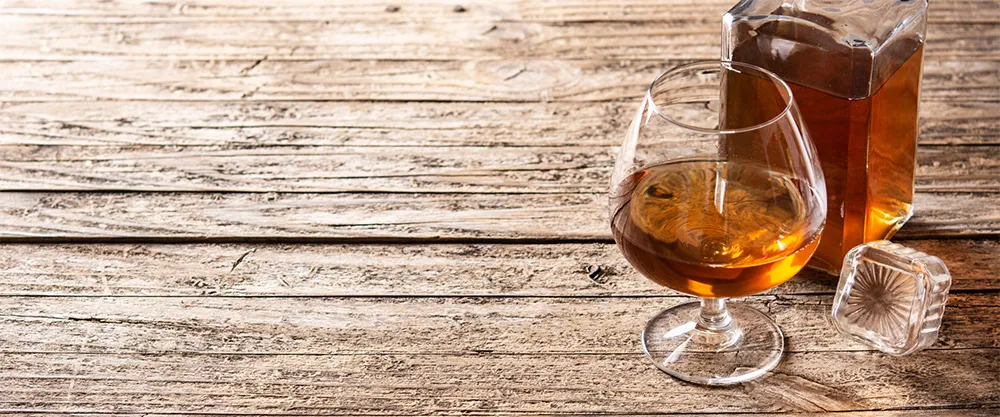
Classifications of Cognac
Cognac’s price and quality vary based on its aging process:
- VS (Very Special), De Luxe: aged for a minimum of 2 years
- Réserve or VSOP (Very Special Old Pale): aged for at least 4 years
- Napoléon: aged for a minimum of 6 years
- XO (eXtra Old): aged for a minimum of 10 years
- XXO (Extra Extra Old): aged for a minimum of 14 years
- Hors d’Age: equivalent to XO, denoting exceptionally high-quality cognac
Savoring Cognac
Cognac is best enjoyed at a temperature of 22 – 24 °C in a tulip glass.
French Connection
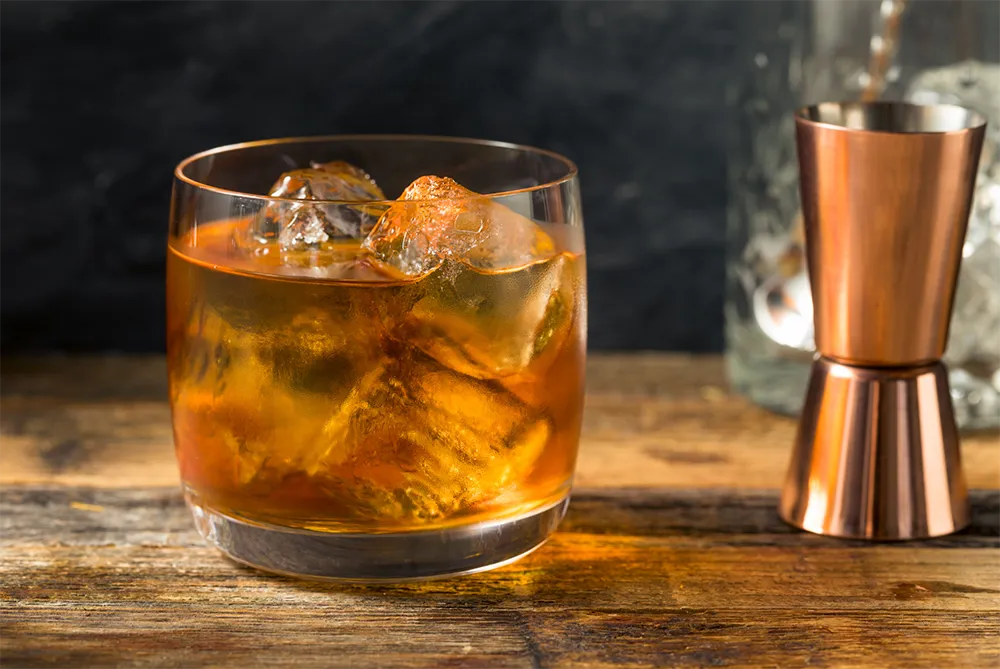
Ingredients
- 3.5 cl cognac
- 3.5 cl amaretto
Preparation
- Pour the ingredients into an old-fashioned glass
- Add ice cubes
- Stir gently
Horse’s Neck
Origin
This cocktail originates from the United States but seems to have been created at a racetrack bar.
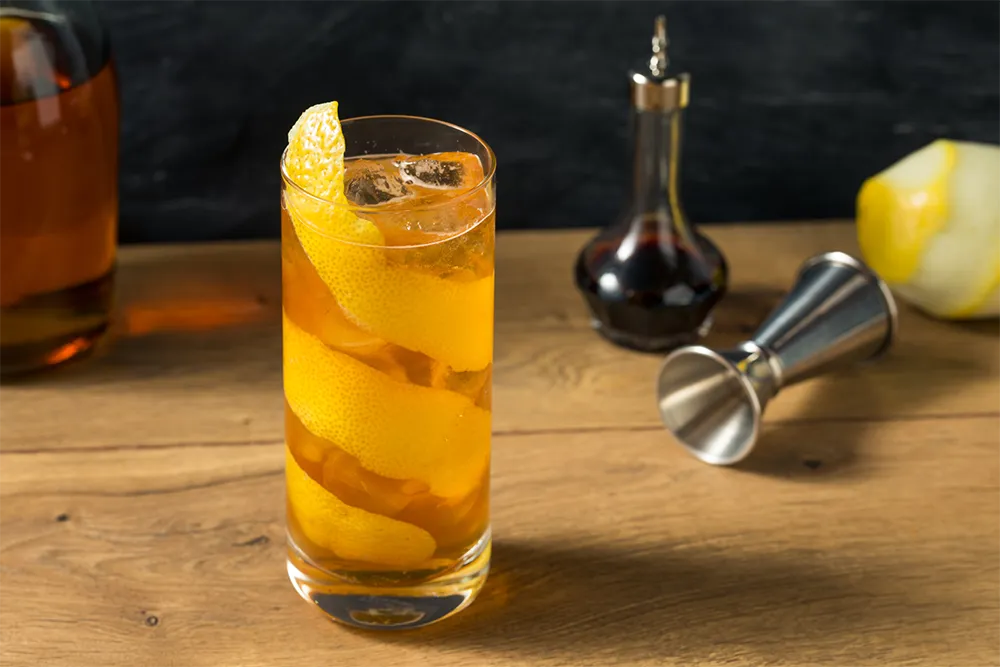
Ingredients
- 4 cl cognac
- 12 cl ginger ale
- A few drops of Angostura bitters (optional)
- Long lemon peel for garnish
Preparation
- Pour cognac and ginger ale into a tumbler
- Add ice cubes
- Stir gently
- Garnish with a long spiral-cut lemon peel
- Add a few drops of Angostura bitters if desired
Pairings
This drink pairs well with savory foods, even fried, or with some hearty desserts such as lemon or chocolate ricotta tart.
Sazerac
Origin
This cocktail is said to have been created by Antoine Amédée Peychaud, a Creole pharmacist of French descent who had moved to New Orleans from the Antilles.
He prepared aromatic bitters mixed with cognac and other liqueurs, which were highly appreciated by his customers.
Absinthe was added to the ingredients towards the end of the 19th century.
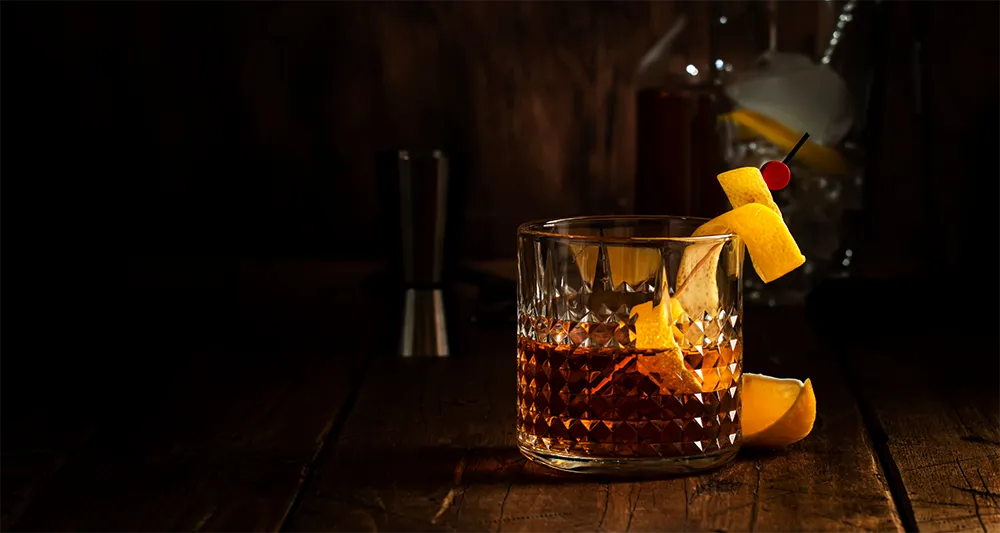
Ingredients
- 5 cl cognac
- 1 cl absinthe
- 1 sugar cube
- 2 drops Peychaud’s bitters
Preparation
- “Rinse” a chilled glass with absinthe
- Add crushed ice and set the glass aside
- In a mixing glass filled with ice, combine the other ingredients
- Discard the ice and any excess absinthe from the prepared glass
- Strain the drink into the glass
- Add a lemon twist
Pairings
This cocktail pairs well with eggplant dishes with ricotta, summer salads, and raspberry tart.
Sidecar
The original, 1930s, recipe involved a sugar-rimmed glass. For a sweeter, fruitier taste, replace cognac with Spanish brandy.
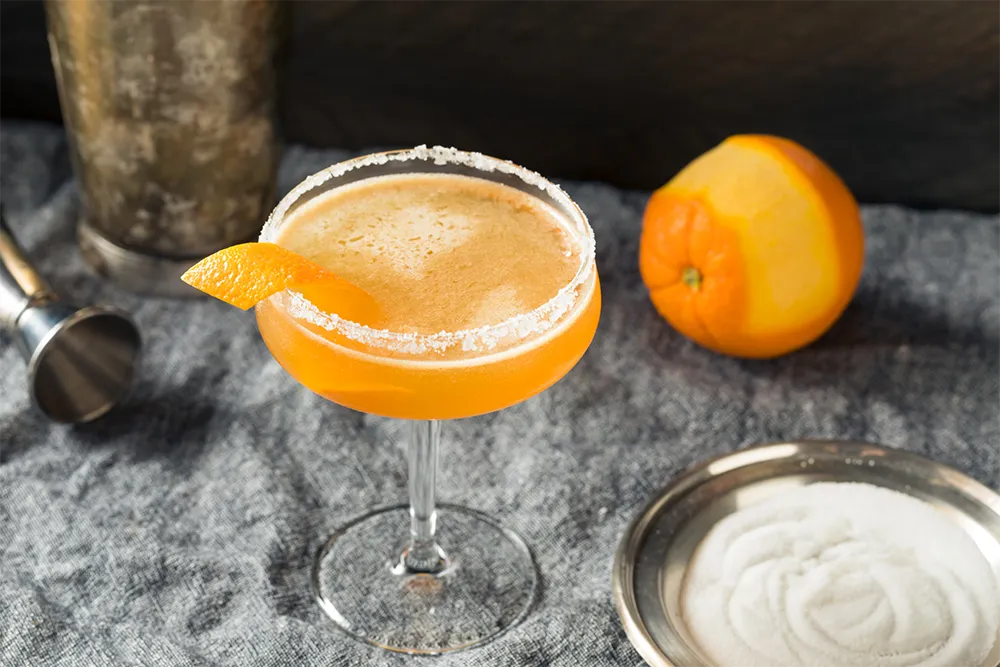
Ingredients
- 5 cl cognac
- 2 cl triple sec
- 2 cl fresh lemon juice
Preparation
- Pour all ingredients into a shaker filled with ice
- Shake well
- Strain and pour into a chilled cocktail glass
Pairings
This cocktail pairs well with a dinner rich in cold dishes like fish tartare or grilled scamorza with caponata, puff pastries, and croquettes.
Stinger
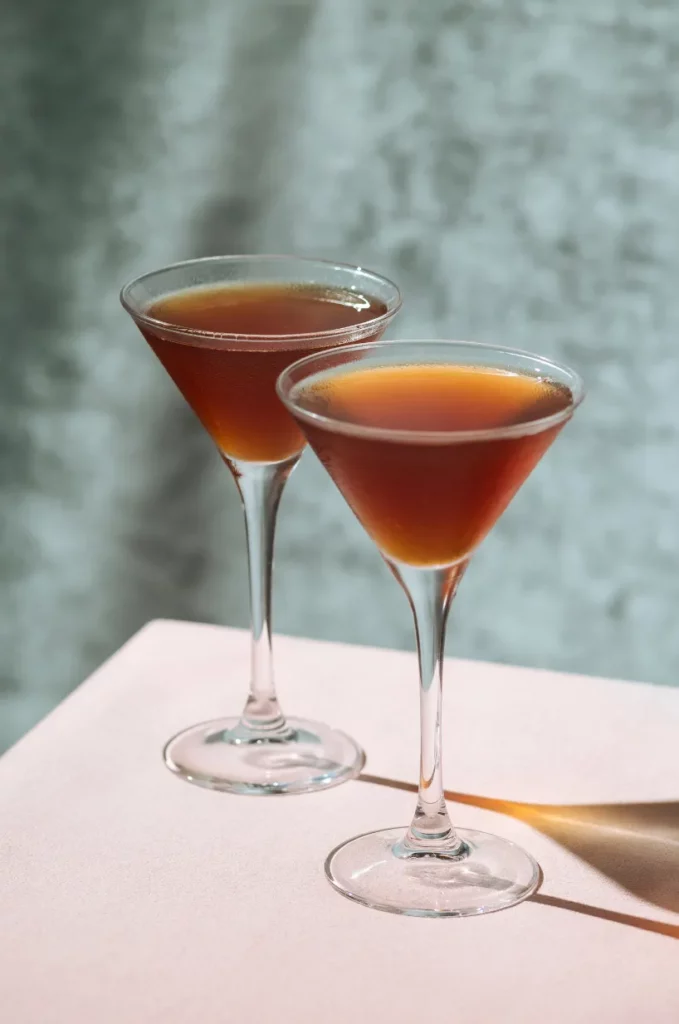
Ingredients
- 5 cl cognac
- 2 cl white crème de menthe
Preparation
- Pour all ingredients into a mixing glass filled with ice
- Stir well
- Strain and pour into a chilled cocktail glass
Pairings
This cocktail pairs well with cold dishes with a hint of mint flavor or grilled meat with mint sauce.
Amo la buona cucina e le tradizioni enogastronomiche italiane, per me vino e dessert non sono solo un contorno ma la parte più interessante del buon vivere.









